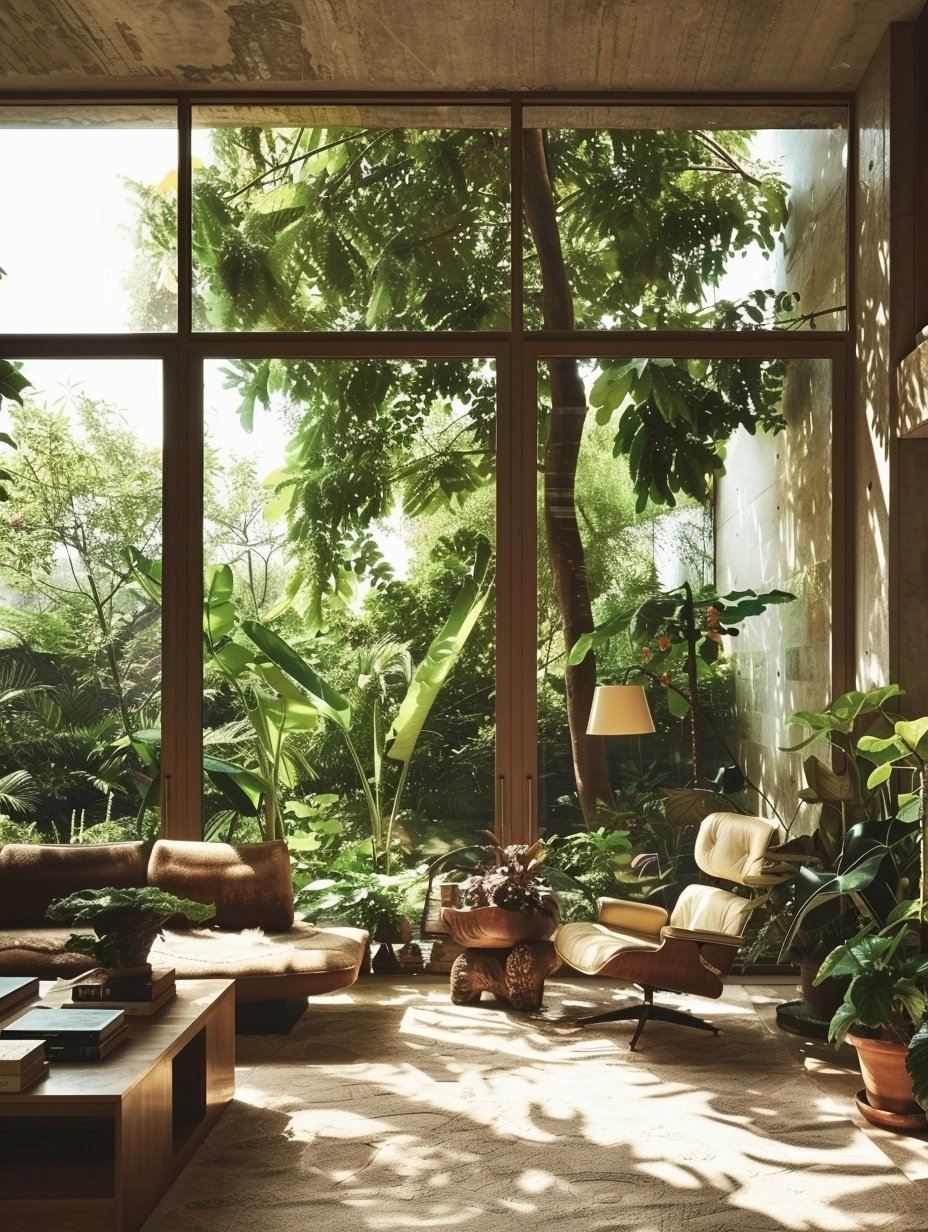The Power of Color Psychology in Interior Design: Recent Findings and Practical Applications
Color psychology plays a crucial role in interior design, impacting not only the aesthetics of a space but also the mood and well-being of its inhabitants. Recent studies and introspective research have provided deeper insights into how colors influence mental health, productivity, and overall well-being. This article delves into these findings and explores practical applications, supported by visually engaging examples from Midjourney.
Emotional and Psychological Effects of Colors
Recent studies have highlighted that colors significantly impact mood and psychological well-being. Cooler tones like blues and greens promote relaxation and calmness, while warmer tones such as reds and yellows evoke excitement and energy.
Color and Mental Health
The physical environment, including color schemes, can significantly influence mental health. Incorporating green elements, such as plants or green decor, enhances memory, concentration, and overall cognitive function. This is especially relevant in home offices or study areas where productivity is key.
Historical and Cultural Significance
Colors have historical and cultural meanings that add depth to design choices. Purple, traditionally associated with royalty and luxury, brings elegance and sophistication to a space but may also evoke feelings of loneliness if overused. Understanding these nuances allows for more thoughtful and impactful design decisions.
Light and Saturation in Color Use
The perception of colors changes dramatically based on their shade, saturation, and the light in the space. Lighter colors tend to make spaces feel more open and airy, while darker shades add depth and intimacy. Balancing these elements creates harmonious and visually pleasing interiors.
Practical Applications in Design
Using color psychology can improve functionality and comfort in various rooms. For instance, soothing colors in bedrooms promote better sleep, while dynamic colors in kitchens and living rooms encourage social interaction and creativity.
Recent Introspective Studies
Recent research has provided new insights into how colors affect different aspects of our lives. For example, studies have shown that exposure to natural green environments can reduce symptoms of depression and anxiety, while blue light exposure before sleep can disrupt circadian rhythms and negatively impact sleep quality.
Understanding the power of color psychology can transform spaces into environments that not only look beautiful but also support the mental and emotional well-being of their occupants. By incorporating recent findings and practical applications, designers can create interiors that are both aesthetically pleasing and beneficial to health.










